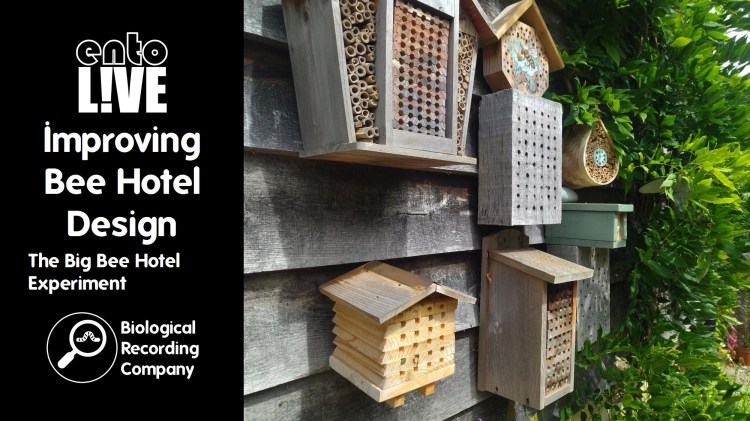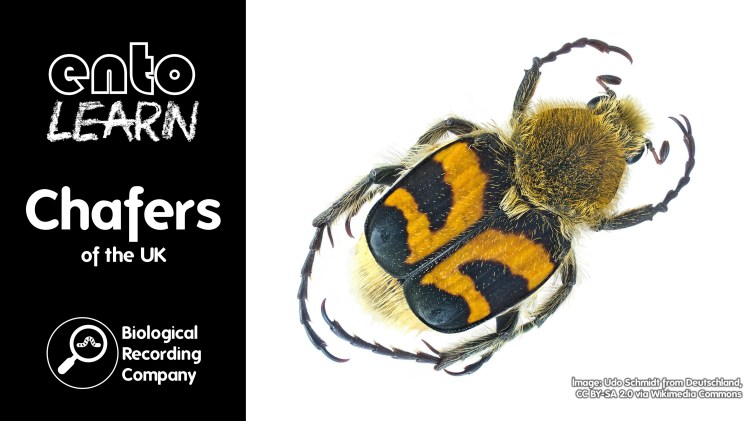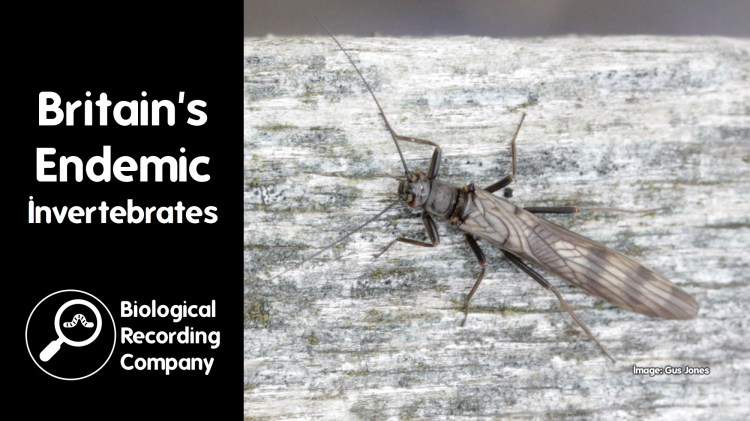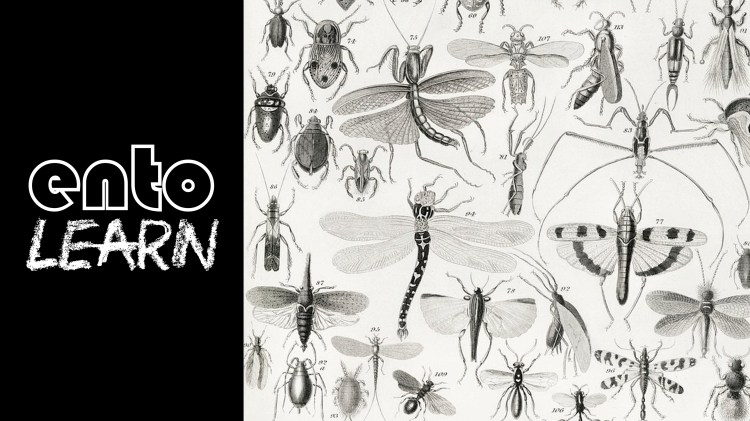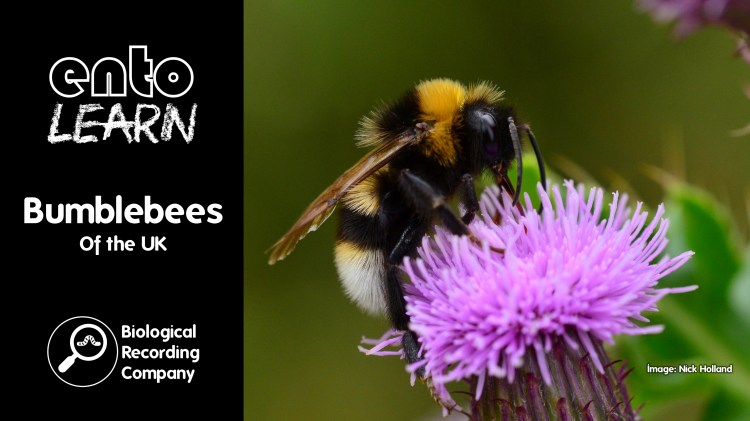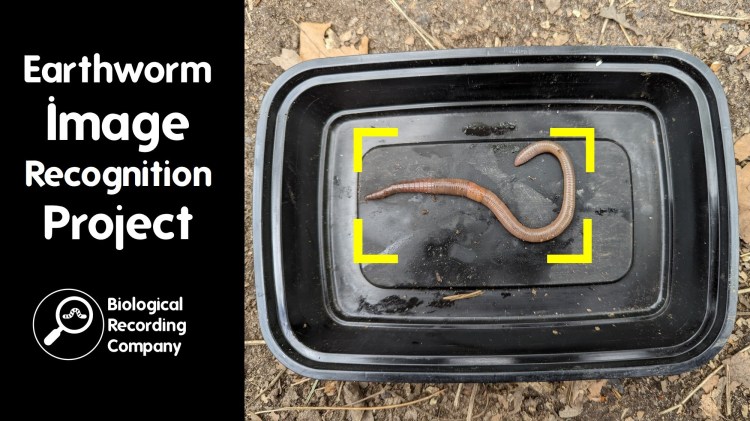Combining historical specimens and modern-day research allows wildlife of the past to inform conservation of the future. In this talk, Matt Hayes will discuss research currently being carried out on Wildlife Trust reserves in the UK, monitoring the impact of climate change, and investigating if artificial butterfly banks can help protect species from extreme weather events. He will then discuss another area of his research, looking at historical butterfly specimens from the University Museum of Zoology in Cambridge, which can extend records of change 200 years back in time.
Matt Hayes is a Zoology PhD student interested in how we can manage nature reserves to protect invertebrates from climate change. His PhD project is made possible by a longstanding partnership between the Wildlife Trust for Bedfordshire, Cambridgeshire and Northamptonshire, and the Insect Ecology Group at the University of Cambridge.
Q&A with Matt Hayes
- What were the butterfly banks made of?
For this site, we brought a digger in to scrape off the top layer of vegetation, dig about a foot down and put that earth on the banks themself. In the presentation you will see a square area – this was sunk with the soil used to build the banks. - How did you decide how high the banks would be?
We wanted them to be significant structures and aimed to get them to two metres tall. However, we found that the chalk wouldn’t settle above a certain height and we couldn’t build them physically taller than they were. This was a consequence of the material that we used, so it would be possible to make the banks bigger if the material used allowed it. - What type of vegetation colonised the banks?
We found that it was different from what was present in the field that the banks were located in. We didn’t plant anything, so the seeds must have been present and there was a huge amount of successional species, such as thistles and poppies. Our focus for this part of the experiment was the structure of the banks, and it would be really interesting to look at the vegetation and seeding the banks next – or even keep some of the bank surface as bare earth. - Was there any specific bank feature that provided the biggest benefit to butterflies?
I think it is most likely the combination and variation of features. Anecdotally, I have seen butterflies using the south banks in the morning to heat up and the north-facing banks in extreme heat to cool down. - Where would you advise conservationists to site butterfly banks on their reserves?
We specifically targeted sites that had a low baseline in terms of topographic variation (essentially flat parts of the study sites). We were investigating how to improve sites so we needed sites where you would be able to detect improvements! However, I believe that most sites would benefit from these structures due to the fact that they add in variation. You don’t need to create structures as big as we did and what you build should be appropriate to the size of the site. You can find more guidance from the Creating a Butterfly Bank factsheet by Butterfly Conservation. - Are you planning on sending your data to biological recording organisations?
The first step is for me to process all for the data and get it ready for use within my PhD. this includes getting the specimen collection digitised and made available through the museum website. Following that, I’m keen to get the data used by as many sources as possible and will be looking at how it can be shared with data holders such as Cambridgeshire & Peterborough Environmental Records Centre, Butterflies for the New Millenium and/or the NBN Atlas. - How many cataloguing hours do you think that you’ve put in?
I started working on the cataloguing of the UK butterflies around 2019 and I’ve put in many hours since then – probably thousands. I haven’t actually kept a record of this. - What is the next part of your research?
I’m hoping to look at general heterogeneity of nature reserves and how that impacts butterflies’ ability to regulate their body temperature. My research group has been working with the Wildlife Trust since 2006 and we have thousands of butterfly data points where we have both temperature and GPS data so we can figure out on nature reserves what habitat is around them, and see how that impacts their temperature. The question is “If we have more varied nature reserves as a whole, does that help species maintain optimum body temperature?”.
Literature References
- Fox et al (2023) State of the UK’s Butterflies Report 2022: https://butterfly-conservation.org/sites/default/files/2023-01/State%20of%20UK%20Butterflies%202022%20Report.pdf
- Hayes et al (2024) Heatwave predicts a shady future for insects: impacts of an extreme weather event on a chalk grassland in Bedfordshire, UK: https://doi.org/10.1007/s10841-024-00556-5
Further Info
- Banking Butterflies project: https://www.wildlifebcn.org/banking-butterflies-project
- Butterflies Through Time project: https://www.museum.zoo.cam.ac.uk/butterflies/butterflies-through-time
- Large Copper ‘Butterflies Through Time’ page: https://www.museum.zoo.cam.ac.uk/butterflies/butterflies-through-time/lycaenidae/large-copper
- Great Fen project: https://www.greatfen.org.uk/
- State of the UK’s Butterflies entoLIVE: https://biologicalrecording.co.uk/2023/11/27/state-uk-butterflies/
entoLIVE
entoLIVE webinars feature guest invertebrate researchers delving into their own invertebrate research. All events are free to attend and are suitable for adults of all abilities – a passion for invertebrates is all that’s required!
- Donate to entoLIVE: https://www.gofundme.com/f/entolive-2025
- Upcoming entoLIVE webinars: https://www.eventbrite.com/cc/entolive-webinars-74679
- entoLIVE blog: https://biologicalrecording.co.uk/category/entolive-blog/
- entoLIVE on YouTube: https://youtube.com/playlist?list=PLuEBNUcfMmE95Re19nMKQ3iX8ZFRFgUAg&feature=shared
entoLIVE is delivered by the Biological Recording Company in partnership with the British Entomological & Natural History Society, Royal Entomological Society and Amateur Entomologists’ Society, with support from Buglife, Field Studies Council and National Biodiversity Network Trust.
Check out more invertebrate research, publications and events from the entoLIVE partner websites:
- Amateur Entomologists’ Society: https://www.amentsoc.org
- Biological Recording Company: https://biologicalrecording.co.uk
- British Entomological & Natural History Society: https://www.benhs.org.uk
- Royal Entomological Society: https://www.royensoc.co.uk




